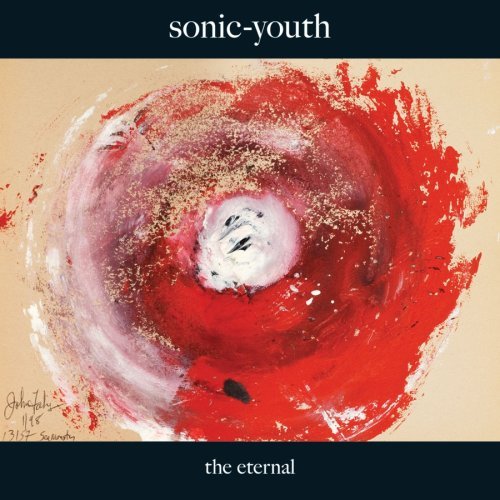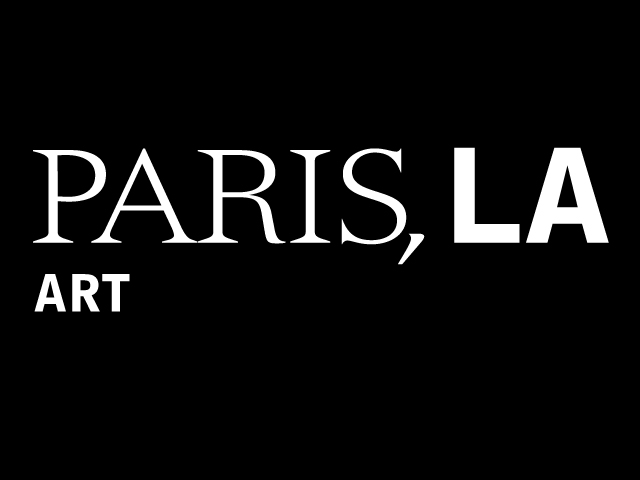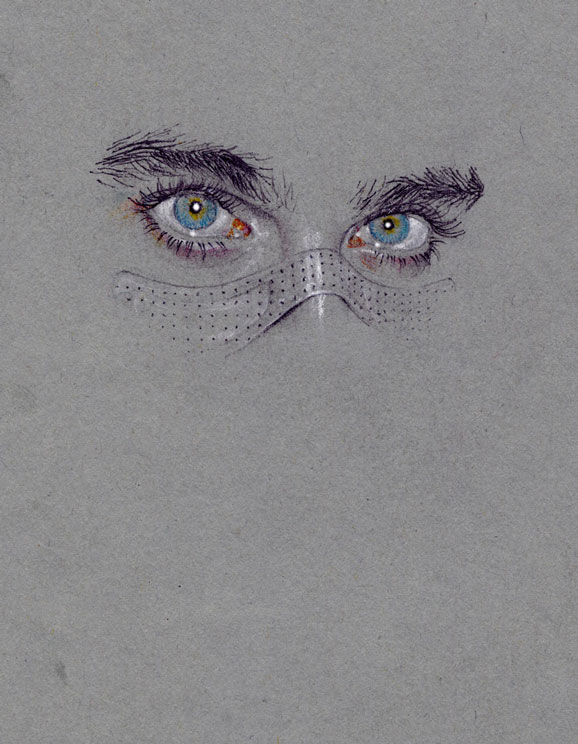a pop odyssey selected by Dirty Sound System.

Dirty French Psychedelics by Dirty Sound System
Dirty / Discograph (2009)
Tracklisting
• Ferber endormi Christophe
• Les aventures extraordinaires d’un billet de banque Bernard Lavilliers
• Il pleut Brigitte Fontaine
• Long song for zelda Dashiell Hedayat
• Cortex a Cortex
• Looking for you Nino Ferrer
• Tape tape tape Jeanne-Marie Sens
• Be quiet Jean Jacques Dexter
• Speed my speed Alain Kane
• La frite equatoriale Francois de Roubaix
• La fin de la vie, le début de la survivance Cheval Fou
• Sunny road to salina Christophe
• Berceuse Ilous et Decuyper
• Utopia Karl Heinz Schaefer & Arabian
A limited vinyl edition of dirty french psychedelics will be available through Born Bad records.
NOTES BY THE AUTHOR
Dawn has broken and the musician falls asleep, alone in his studio, a cigarette between his fingers. He
will not awaken. Images form through the smoke spirals dissipating above his consoles: the oversized face of a B-series heroine, the lacerated poster of a horror film disclosing the carnivorous smile of a future president, the hand of a painter shooting his own canvases with a revolver, the impact of the bullets on the body of an idol.
The sun rises. Electric guitars have dissolved in the candlelight. The smell of opium mixes with that of napalm and singed flesh; the faraway memory of a jet stream dies off in a last puff. In the echo chamber, the avenging slogans of a joyous revolt mix with the persistent murmurs of a war that draws ever closer. A new apocalypse rises from the ashes.
We were born at twilight. For our entire inheritance, we’ve received a few records. Thirty-three revolutions per minute: that was all that was needed to cradle our lives, to dream up a world that might have existed, to search for a few traces on record jackets. The almost invisible tattoo (blue on black: a skull? a dagger? an anchor? Who knows), on the front cover of White Light/White Heat will be our password to the unknown. We’ll only understand the cautionary “Warning: This record must be played as loud as possible, must be heard as stoned as possible and thank you everybody” on the back cover of Obsolete only once it is too late: on the road to disappearance, rock’n roll was already reluctantly moving forward, consuming its own range. The musical hits of our infancy (Nino Ferrer – Le Sud, Jeanette – Porque Te Vas) even then only talked about that: lost paradises. France in the 70s knew that the past was behind her (“We don’t have any oil, but we do have ideas“). The utopias (sexual, communal, ecological, political, musical…) that France invented thus tried to prolong a dream, but in fact announced the depression of the dark years that was to culminate in two major gestures: punk and disco. Enemy brothers, they stood back to back, however secretly united by a pact where sequins would mingle with spitting. There will be a third act, some curtain calls, and then the curtain will be definitely lowered.
But let’s not anticipate a death become a figure of style by virtue of having been repeated so often in front of the mirror. What happened in France at the beginning of the 70s? The hippie venture terminated in a blood bath in ‘69 (a horrendous year: Altamont and the murder of Sharon Tate), heroin replaces LSD and the survivors aren’t long for this world. 146 kids die in a nightclub fire in Saint- Laurent-du-Pont. De Gaulle in his bed: “Tragic ball at Colombey: 1 Dead“. Pompidou smokes fags. In primitive black and white, Jean Eustache’s La maman et la putain buries a generation that lost its bearings (a possible definition of psychedelics). It is the same year as the oil price shock. The longest solar eclipse of the century (6 min 20 s) forecasts future oil slicks. Jean Yanne vulgarizes La société de spectacle and Johnny plays the hippie (before Hamlet and the angel with the laser eyes). Robert Malaval projects Poussières d’étoiles. We read Pif Gadget, and then Metal Hurlant. Un homme qui dort is still to come. God is dead, Marx suffers, a Maoist commando attacks a Fauchon grocer. Giscard is at the helm. Larzac mobilizes and Mesrine goes on the lam. Our mothers can finally have abortions in peace while Mike Brant, our Israeli Icarus, takes flight for the last time. Yves Mourousi presents the one o’clock news report from a hospital: television watchers can directly observe an open-heart operation. Claude Sautet films Mado and the summer of ‘76 will be very, very hot. In 1978, Claude François, 39 years old, electrocutes himself in a bathroom and Robert Bresson, 77 years old, closes “the enchanted parentheses” of Françoise Giroud with a grim work on the children of the revolution, Le diable probablement. Who else?
Dirty French Psychedelics is a subjective vision of this disoriented period. Instead of the France of experiences (Gong, Alpes, Magma and so forth,) we preferred the France of the freelancers (Dashiell Hedayat, Alain Kan), the master singers (Christophe, Nino Ferrer, Brigitte Fontaine), the composers (Karl-Heinz Schäfer, François de Roubaix, Jean-Claude Vannier), the anomaly among “the variety” rather than the norm in “the margins.” There are absent names (Michel Polnareff, William Sheller, Gérard Manset, Serge Gainsbourg…) and anachronisms; they are all part of the picture.
“The session is finished, the last musician has gone home. Asleep in the middle of the studio, I regret these faraway paradises…” – which is one way as good as another to tell yourself that you can always begin with the end. –Clovis Goux
Dirty Sound System is Clovis Goux and Guillaume Sorge, two discerning French selectors currently living in Paris. Clovis Goux is a journalist. Guillaume Sorge is a sound designer. Involved in numerous musical activities since the late nineties, Clovis and Guillaume are well known for their extensive and exotic knowledge of music. Dirty is now a full on label that draws attention from influential blogs, journalists and djs worldwide, and the boys are constantly touring the world since their first compilation “Dirty Diamonds” in 2003.











